If you’ve just welcomed a wiggly bundle of furry joy into your home, you’re gearing up for the next milestone: getting that adorable pup acquainted with its new collar and leash. If your little puppy is anything like every other playful pup out there, they will probably give the new collar and leash the side-eye.
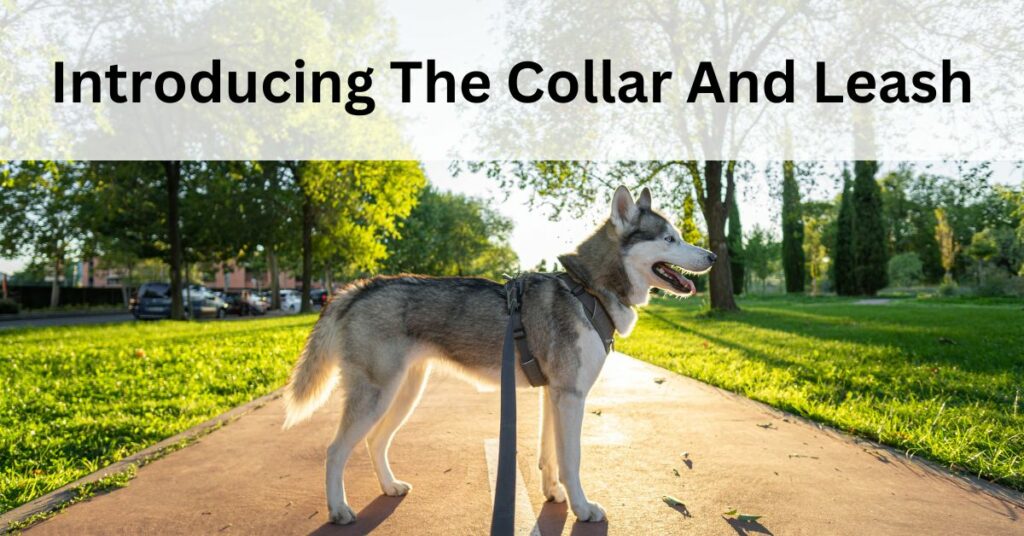
Table of Contents
Importance of Introducing a Collar and Leash to a New Puppy
Introducing a collar and leash to a new puppy is crucial for laying the foundation for future walking and control around distractions.
A properly fitted collar leaves room for a finger or two underneath – too loose, your pup can slip out of it, or get a paw or lower jaw caught in it.
Leash pressure helps in teaching them to always come to you as their first reaction and ensures their safety when out in public spaces.
Laying the foundation for future walking and control around distractions
The world is full of exciting sights, sounds, and smells that can catch a puppy’s attention. Early on, teaching them how to deal with distractions while wearing their collar and leash is crucial.
This training sets the stage for controlled walks in the future. Guide your puppy gently, rewarding them as they learn to focus on you amid all the fascinating things around them.
Mastering this control doesn’t happen overnight; it requires patience and consistency from both of you. Use positive reinforcement when your puppy shows signs of walking nicely or paying attention despite distractions.
Gradually, they learn that staying connected with you during a walk leads to praise and rewards—this way, you instill good habits that will last a lifetime without overwhelming them or hurting their trust in you.
Tips for Introducing the Collar
When introducing the collar, use a non-tightening buckle or clip-on collar and ensure it fits properly with one or two fingers underneath. Choose a wide collar, as this is easier on your puppy’s throat.
It’s normal for a puppy to react to having a collar put on. Most puppies will have a scratch at it, then ignore it.
A sensitive puppy might freeze up or look miserable – starting confidence-building games with this type of puppy will help deal with future stressors.
An easily stressed puppy may roll around and cause drama – introducing Calm=Release training and self-calming games to help this type of puppy deal with life in the future.
It’s normal for puppies to fidget and try scratching off their new accessory. Let them explore this sensation; it helps you understand how they cope with new experiences and stressors. Either way, your best option is to put the collar on and let your puppy adjust, allowing your puppy to learn how to deal with a little stress.
Use of non-tightening buckle/clip-on collar
Always go for a non-tightening buckle/clip-on collar when introducing your puppy to their first collar. It’s vital because it doesn’t tighten around the pup’s neck if they pull or struggle, making their first experiences with a collar pleasant and stress-free.
These collars are ideal since they’re adjustable, ensuring a perfect fit as your puppy grows. Just make sure you can slide one or two fingers under the collar once it’s on – that way, you know it isn’t too tight.
Selecting the correct collar size for a puppy might seem minor, but it sets the stage for secure and stress-free walks later.
Tips for Introducing the Leash
Teach your puppy to move into pressure on the leash, not away from it, by using treats and light pressure to guide them step by step.
Teaching the puppy to move into pressure, not away from it
When introducing the leash to your puppy, teach them to move into pressure, not away from it. This is an essential aspect of leash training to set the foundation for future walking and control.
Step-by-step guide including the use of treats and light pressure
It is crucial to teach the puppy to move into pressure and not away from it. Here’s a step-by-step guide, including the use of treats and light pressure:
- Begin in a quiet, distraction-free area (indoors is probably best) with your puppy on a comfortable harness and no leash.
- Lure the puppy to take a step towards you using a treat.
- When the puppy steps forward, reward it with verbal praise and another treat.
- Clip on the leash.
- Move slightly from your puppy and apply a light pressure on the leash.
- If your puppy backs or pulls away from you, don’t worry; this is a normal reaction. Just hold still and keep the light pressure applied.
- Squat or kneel, and encourage your puppy towards you – as soon as your puppy moves towards you, release the pressure on the leash and praise your puppy (do not move towards your puppy).
- If your puppy comes to you when you release the pressure on the leash, that’s precisely what you want, so spend at least 10 seconds praising and rewarding your puppy – don’t rush this part; you want to encourage your pup to repeat this process, and a praise party is exactly what your puppy will want for making the right choice in moving towards you.
- If your puppy doesn’t come right over to you but only moves or leans in your direction, that’s still good work; gently praise your puppy – each time you praise, they will come closer to you.
- After the praise party (or gentle praise), quietly step back and apply gentle pressure to the leash – calmly verbally encourage your puppy to go towards you.
- If your puppy steps towards you, immediately move your hand towards your puppy to provide slack on the leash, praise, and reward your puppy.
- Repeat this process until your puppy confidently moves towards you when you apply gentle leash pressure without pulling.
- Keep practicing this inside with minimum distractions until your puppy walks towards you when it feels gentle pressure on the leash every time.
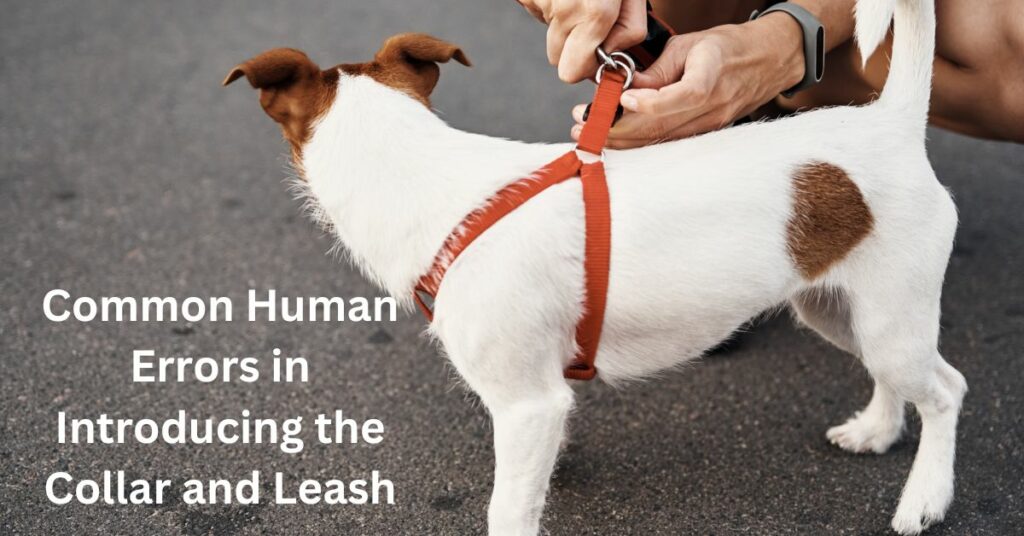
Common Human Errors in Introducing the Collar and Leash
Giving your puppy slack for struggling, going to your puppy when it struggles, and adding more pressure when it balks or tries to run away are common errors to avoid.
Giving the puppy slack for struggling
When your puppy struggles with pressure on the leash, it’s crucial to remain calm and keep the pressure on the leash light and steady. Releasing the pressure on the leash as soon as your puppy moves towards you provides a positive learning experience that moving towards you is good.
When your puppy is near you, Slack on the leash encourages them to connect you with no pressure on the leash, and being close to you is a positive and rewarding choice.
Going to the puppy when she struggles
When your puppy struggles against the leash, it’s important not to rush over to it. Your instinct might be to offer comfort or reassurance, but this can inadvertently reinforce the struggling behavior.
You unintentionally reward and validate its reaction by going to your puppy when it struggles. Instead, it’s crucial to remain calm, give your puppy time to self-calm, and gently encourage your puppy to move towards you before releasing the pressure on the leash.
Adding more pressure when the puppy balks or pulls away from you
Adding more pressure when the puppy balks or pulls away from you can lead to negative associations with the leash. This approach may cause the puppy to feel overwhelmed and anxious and resist training even more.
Using gentle guidance, positive reinforcement, and patience is crucial in introducing the leash effectively. It’s important to avoid forceful methods as they can result in long-term behavioral issues for the puppy.
You can help the puppy associate the leash with positive experiences using positive reinforcement techniques, creating a foundation for successful future training and walking.
Final Word on Introducing the Collar and Leash
The importance of this foundational training cannot be overstated, as it sets the stage for successful walks and control around distractions in the future. These practical tips are easy to implement and efficient in helping your puppy adapt to these essential training tools.
Further training with your puppy will be easier by teaching it that it is positive and rewarding to be close to you as your puppy is already more than happy to focus on you and be near you!

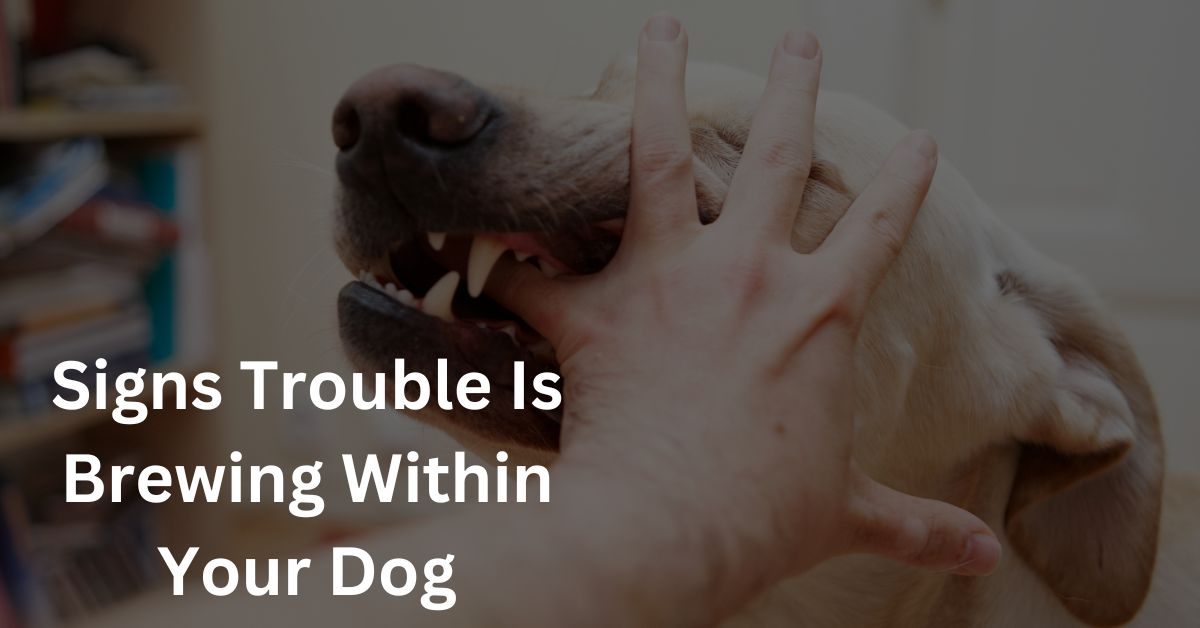
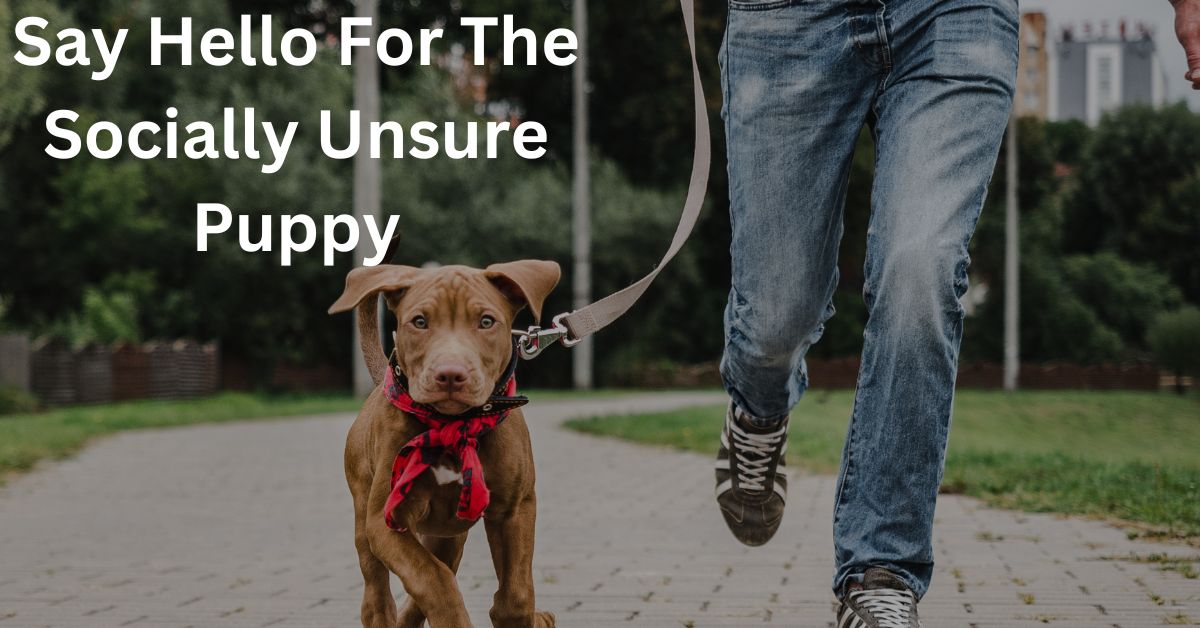
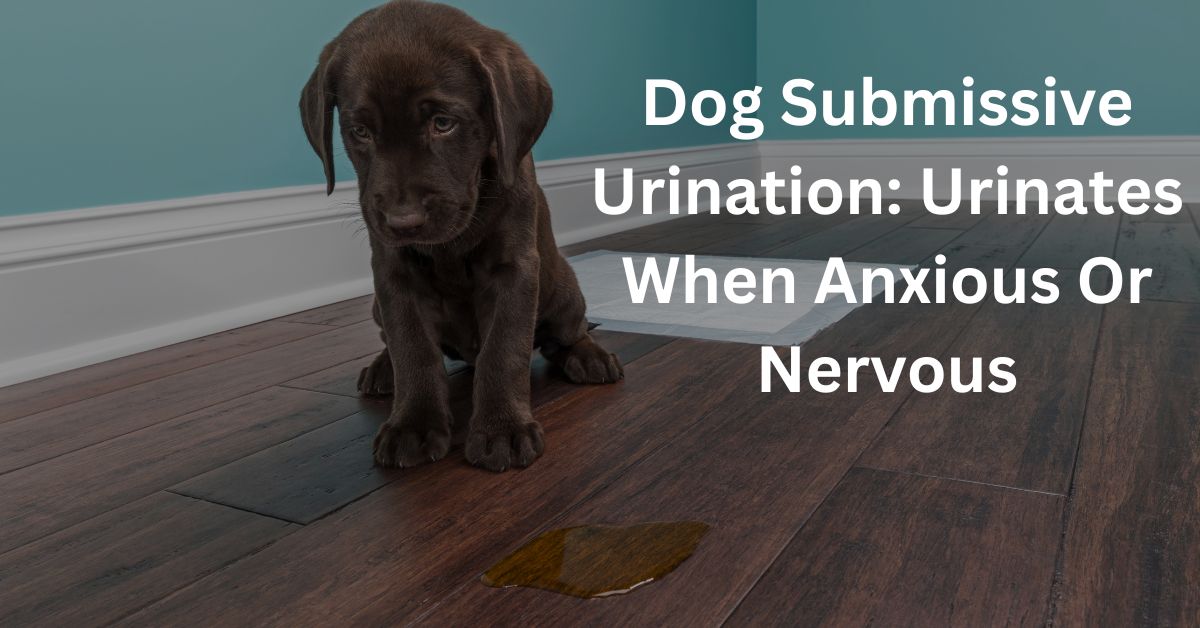
Leave a Reply